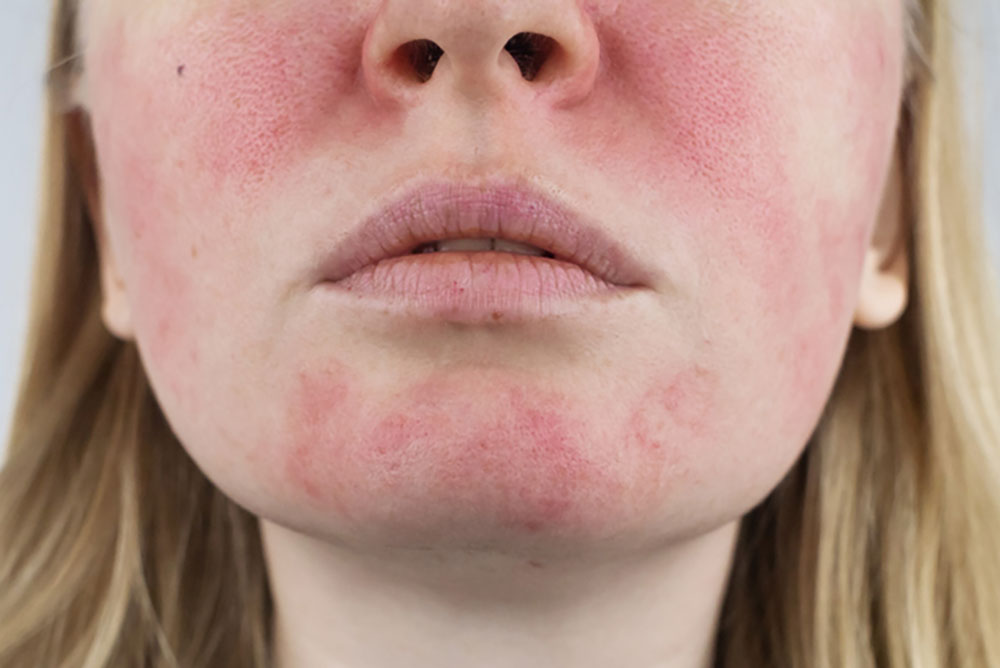By Valerie Monroe
If you’re interested in feeling happier about your appearance—especially as you age—you might like reading what she has to say about it. For more of her philosophical and practical advice, subscribe for free to How Not to F*ck Up Your Face at valeriemonroe.substack.com.
A HEARTFELT thanks to those who shared experience with or knowledge about osteoporosis; as I mentioned in last week’s post, I was recently diagnosed with it. There’s so much information to process it leaves me feeling like I could never do enough. The way that kind of feeling sometimes does, it began to limn everything I do. I know (you’ve told me) some HNTFUYF-ers are more focused on product recommendations than suggestions about how you might learn to love your face as you age, but I think the latter is important enough to keep mentioning—even if it becomes repetitive (or annoying). Here’s how to use a mirror to learn to see your face the way you see the faces of the people you love.
◊◊◊◊◊◊◊◊◊◊◊
I’m not sure why, but I’m always curious when Pantone announces the color they say will shape the year to come. (What does that even mean?) For 2023, it was “Viva Magenta,” which Pantone described as “ . . . brave and fearless . . . a pulsating color whose exuberance promotes optimism and joy [and] galvanizes our spirit, helping us to build our inner strength.” I say, Sure, more of that, please!
Did you know that while most mammals can typically distinguish the color red, some others—bulls, for example—can’t? That means bulls are agitated only by the movement, not the color, of a bullfighter’s cape. Who knew? (Okay, lots of you did.) What you probably do know is that red often symbolizes warning or danger, which brings me to a recent question from a reader who has a problem seeing red . . . on her face.
“Ask Val” answers your urgent questions, Vol. 41.
Q: Can we please talk about redness? Thanks to genetics, I have rosacea and a few broken capillaries on my cheeks (despite consistent use of sunscreen and gentle skin care in general). A dermatologist who could help me would be my BFF for life.
A: You’re probably correct that your condition is partly due to genetics, as it seems to run in families. And you’re in fine company: According to the American Academy of Dermatology (AAD), there are approximately 14 million people in the US dealing with excessive rosiness. I spoke to your new best friend, HNTFUYF DermDiva Heidi Waldorf, about the condition.
“If you have central facial redness, pimples, and/or flushing, you may have rosacea,” she said. “It can present as redness and dilated capillaries (called telangiectasia) alone, or with pimples or papules. The two symptoms are like the chicken and the egg in that neither comes first—but each one can aggravate the other.” You follow? The good news is that treating one symptom can help reduce the worsening of both.
Your other new best friend, dermatologist Mary Lupo, adds, “There are two components to rosacea: a medical component and a cosmetic one.” The acne-like papules (the medical component) are best treated with topical medicines, like metronidazole. To minimize the troublesome cosmetic component (redness or flushing), the AAD suggests two prescription medications: brimonidine gel and oxymetazoline hydrochloride cream (brand name Rhofade). Both work for up to 12 hours . . . but once the effects wear off, the redness returns. (They’re like a topical Visine, says Lupo.) There’s no cure for rosacea, but it can be controlled, adds Waldorf. You may need to take oral antibiotics till you find a topical regimen that works for you.
If you haven’t already, you’ll want to hook up with your own board-certified dermatologist, who can determine whether you’re a good candidate for treatment with either a targeted vascular laser or intense pulsed light (IPL), or a broadband light (BBL) therapy to constrict the blood vessels for long-term improvement.
Good on you with the gentle skin care! Avoid glycolic peels and other treatments that might irritate sensitive skin. Salicylic acid peels, which can reduce inflammation, can be helpful. Be sure to use a gentle non-soap cleanser, a moisturizing barrier-repair cream, and sunscreen every day. Finally, Waldorf suggests avoiding these common triggers:
• Sun exposure
• Extreme temperatures and sudden changes in temperature
• Hot beverages
• Spicy foods and additives like MSG
• Emotional stress
• Medications, supplements, and foods that cause vasodilation (a.k.a. the dilation of blood vessels)
One last piece of advice from Waldorf about flushing (which I think might also work well for a hot flash). Apply a frozen water bottle to pulse points on the neck to break a flush when you feel one coming on, she says. Then, drink the melted water to stay hydrated. She also tells patients that if they start to feel hot or flushed at an event (at a party, maybe?), they can take a glass with a cool beverage and nonchalantly touch the side of their neck with the glass while they’re chatting. (Waldorf even shows patients how to do this elegantly.) Skol!
MyLittleBird often includes links to products we write about. Our editorial choices are made independently; nonetheless, a purchase made through such a link can sometimes result in MyLittleBird receiving a commission on the sale. We are also an Amazon Associate.


